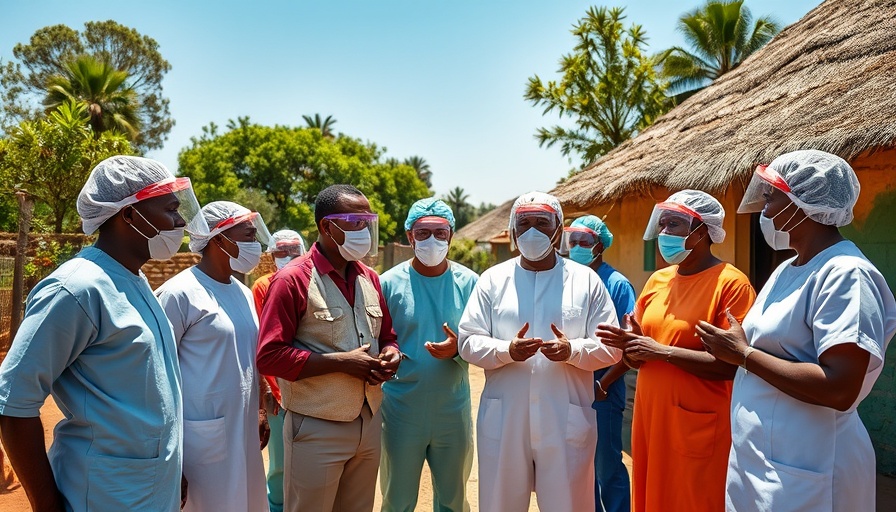
Understanding the Mpox Transmission Dynamics
The discovery of widespread mpox transmission in Nigeria prior to the 2022 outbreak brings to light the complex interplay of zoonotic diseases and human interaction. Historically, zoonotic transmission—when diseases pass from animals to humans—has been the primary mode of mpox infection. However, the recent genomic study reveals a significant shift; the virus has evolved into a strain capable of efficient human-to-human transmission.
Historical Context: The Early Days of Mpox in Nigeria
According to the new genomic data published, the viral ancestor of the strain responsible for the recent global outbreak first emerged in August 2014, with infections identified in humans by 2017. This prolonged period of human circulation—often unnoticed—indicates a stark contrast to its understanding where mpox was thought to primarily remain within animal reservoirs. This evolution raises critical questions about public health responsiveness in tracking and curbing zoonotic viruses.
Global Surveillance: A Call for Improved Monitoring
Scientists involved in the study stress the importance of enhanced global surveillance. Edyth Parker highlights that had African countries received better access to medical resources, the international crisis could have potentially been averted. The involvement of local researchers and public health agencies, supported by entities like Scripps Research, outlines a successful model for international collaboration in pandemic preparation.
By pooling genomic data, researchers produced a dataset significantly larger than any previously available, which could help predict and respond to future outbreaks.
Implications of the Research on Public Health and Policy
This research challenges existing public health frameworks, suggesting that viral diseases like mpox require a reevaluation of current infection prevention strategies. As mpox transitions from a primarily zoonotic virus to one that can efficiently spread between humans, policymakers need to develop and implement more robust public health infrastructure.
Technological Innovations in Health and Wellness
With the rapid evolution of mpox, the intersection of technology and health becomes ever more relevant. Innovations in genomic surveillance can significantly improve disease tracking capabilities. Acting as a beacon for early detection, these technologies promise to transform how future outbreaks are managed and mitigated.
Future Trends: Preparing for the Next Potential Pandemic
The findings from this study suggest that future pandemics will not only arise from known pathogens but also from those lurking in plain sight. Collaborative efforts both locally and globally will be essential in predictive modeling and in preparing healthcare systems to handle emerging infectious diseases. The urgency for establishing better access to therapeutics, vaccines, and surveillance is clear.
What This Means for Business Leaders and Decision-Makers
CEOs and marketing managers in tech-centric sectors should take heed of these developments as they intersect with business strategies. The pandemic has underscored the need for resilience and flexibility in operations, urging leaders to rethink their approaches to health and safety within corporate environments. Organizations that invest in health technologies not only enhance their operational capacity but also promote wellness and safety for their employees.
Final Thoughts: The Human Element in Pandemic Response
As humans, our interconnectivity means that a health threat in one part of the world can rapidly become a global issue. The mpox findings speak to both the responsibility and the potential we have in mitigating such threats through innovation and cooperation. Educating the public, implementing effective health policies, and fostering international collaboration are imperative steps towards a resilient future.
In a world that has become increasingly connected, we must take these lessons to heart. A proactive stance towards zoonotic diseases—prioritizing public health support in vulnerable regions—can help avert future health crises. Understanding the evolving landscape of mpox is more than a scientific endeavor; it is a vital part of safeguarding our global society.
 Add Row
Add Row  Add
Add 




 Add Row
Add Row  Add
Add 

Write A Comment